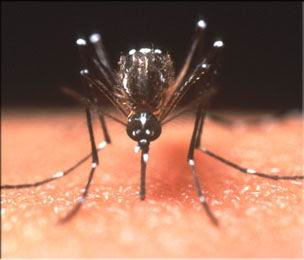Nursing Assessment for Dengue Hemorrhagic Fever

Dengue Haemorrhagic Fever (DHF) is a disease caused by the dengue virus which is transmitted through the bite of Aedes aegypti and Aedes albopictus which causes disturbances in capillary blood vessels and the blood clotting system, resulting in bleeding. Dengue hemorrhagic fever (DHF) is a specific syndrome that tends to affect children under 10 years of age. It causes abdominal pain, hemorrhage (bleeding), and circulatory collapse (shock). Symptoms such as headache, fever, exhaustion, severe joint and muscle pain, swollen glands (lymphadenopathy), and rash. The presence (the "dengue triad") of fever, rash, and headache (and other pains) is particularly characteristic of dengue fever. Nursing Assessment for Dengue Hemorrhagic Fever. Assessment a. Subjective data Weak. Heat or fever. Headache. Anorexia, nausea, thirst, painful swallowing. Heartburn. Pain in the muscles and joints. Stiffness throughout the body. Constipation. b. Objective data High body temperature, shivering, ...